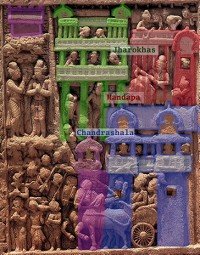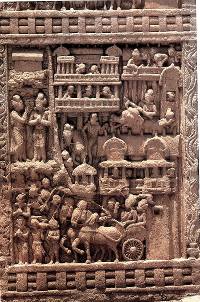Ogedei_the_Mad
Caffeinated Khagan
Some of my most complicated work has up to 187 colors. I don't think you'd need to worry about stretching the 256 limit. 


The little dumpy peasant houses, or the urban "condos", or both?Blue Monkey can you post more pics/drawings of houses? I created one but i am not too fond of it.
Okay. May not have some for you until Thur/Fri although I will try for earlier.Why not both?More to choose from.
 I'm sorting through about 30 images to find what I think will best help you.
I'm sorting through about 30 images to find what I think will best help you.[...] A little bit of RL.

I wish all these foolish early-adopter youngsters would hurry up and get the first couple of generations or so of mind upload out of the way (bugs worked out) so those of us with enough experience to know what to do with the powers of an archon could abandon meat puppetry forever.That's why I keep advocating Surreal Life
 Then it's cubans & kona all around, fellows!
Then it's cubans & kona all around, fellows!Then it's cubans & kona all around, fellows!

Actually, that avatar is on Kauai.... Um, you forgot Maui ...


Actually, that avatar is on Kauai.
But seriously, folks...


 ,
, The Key Images:
The Key Images: